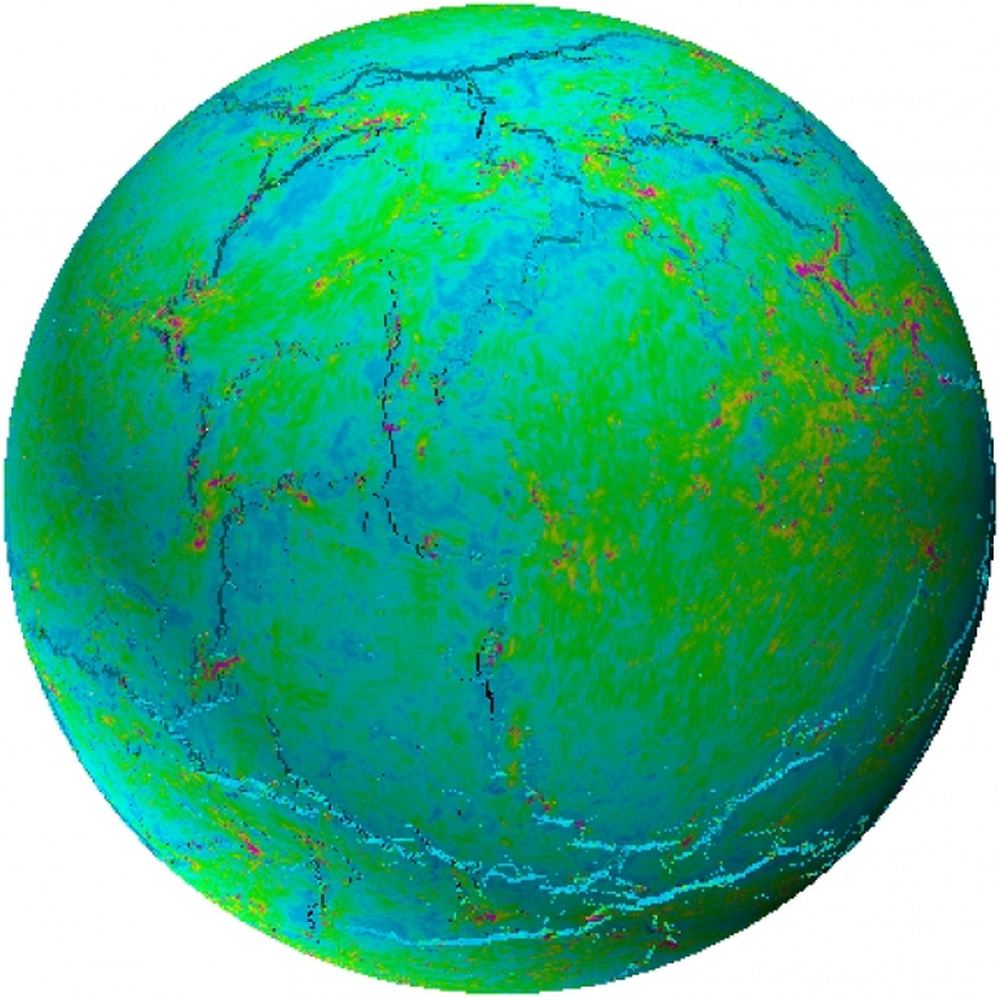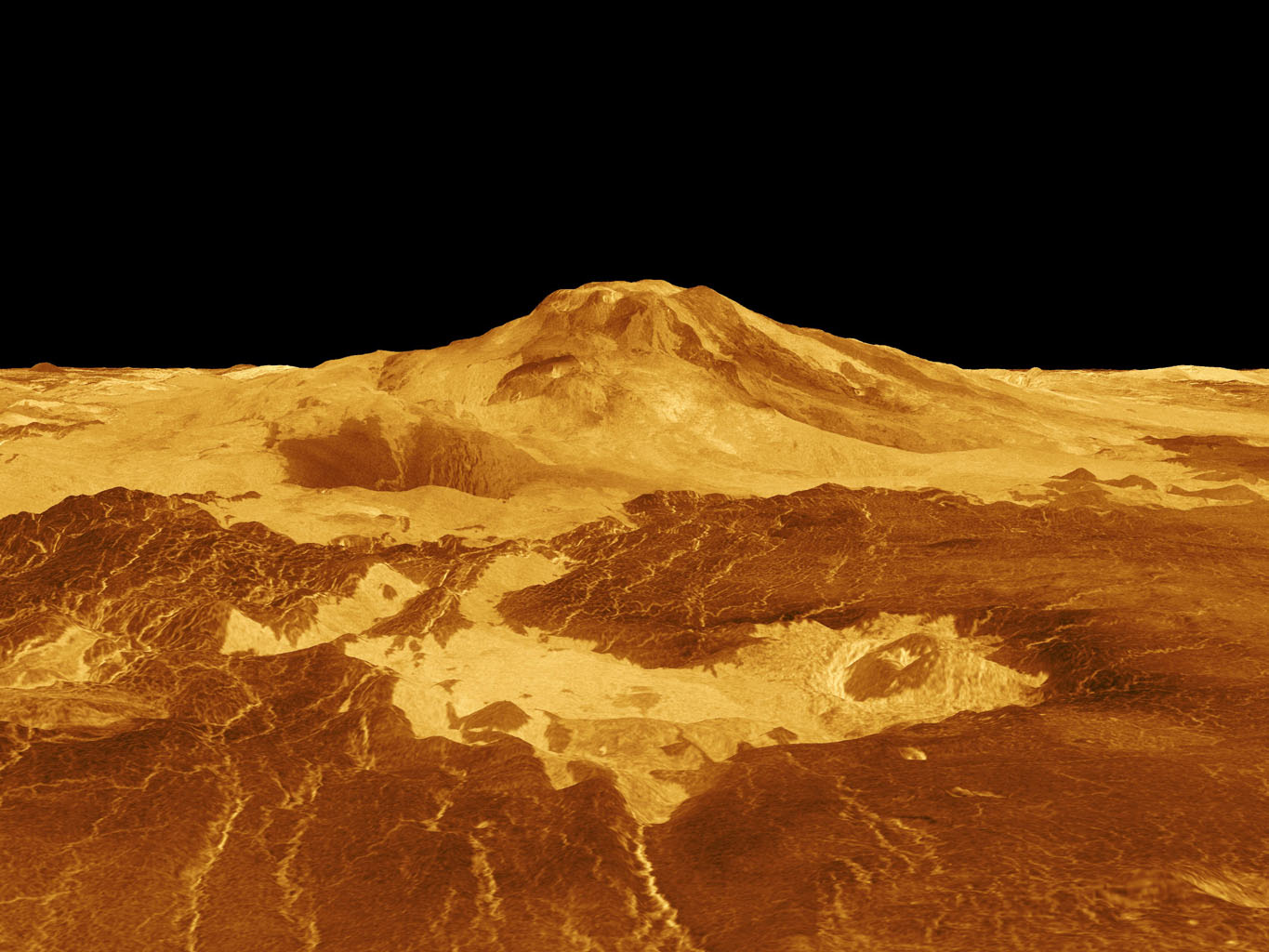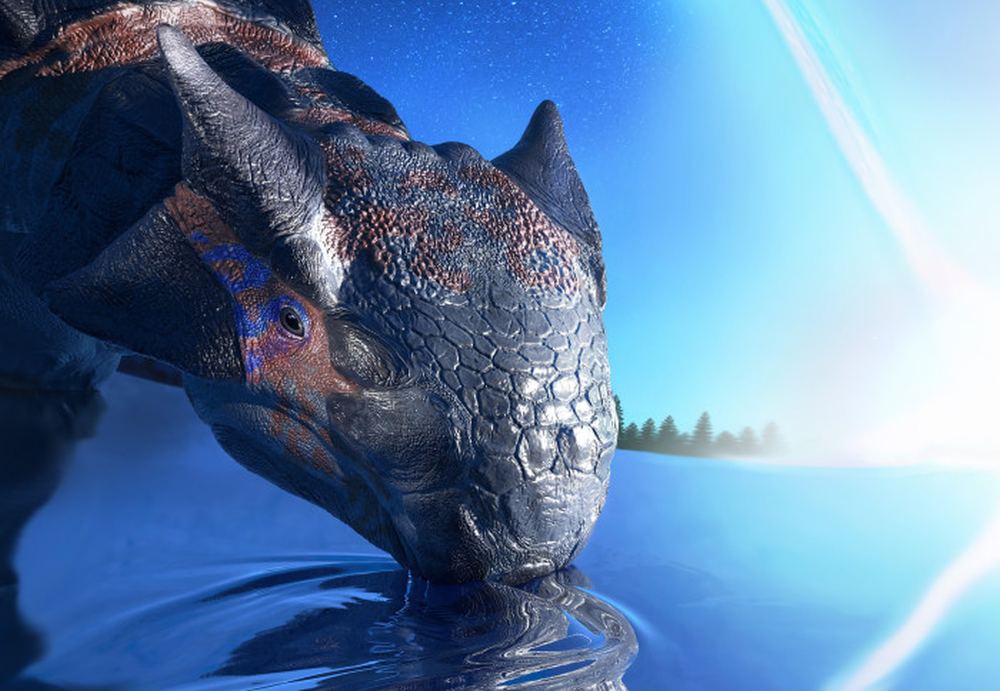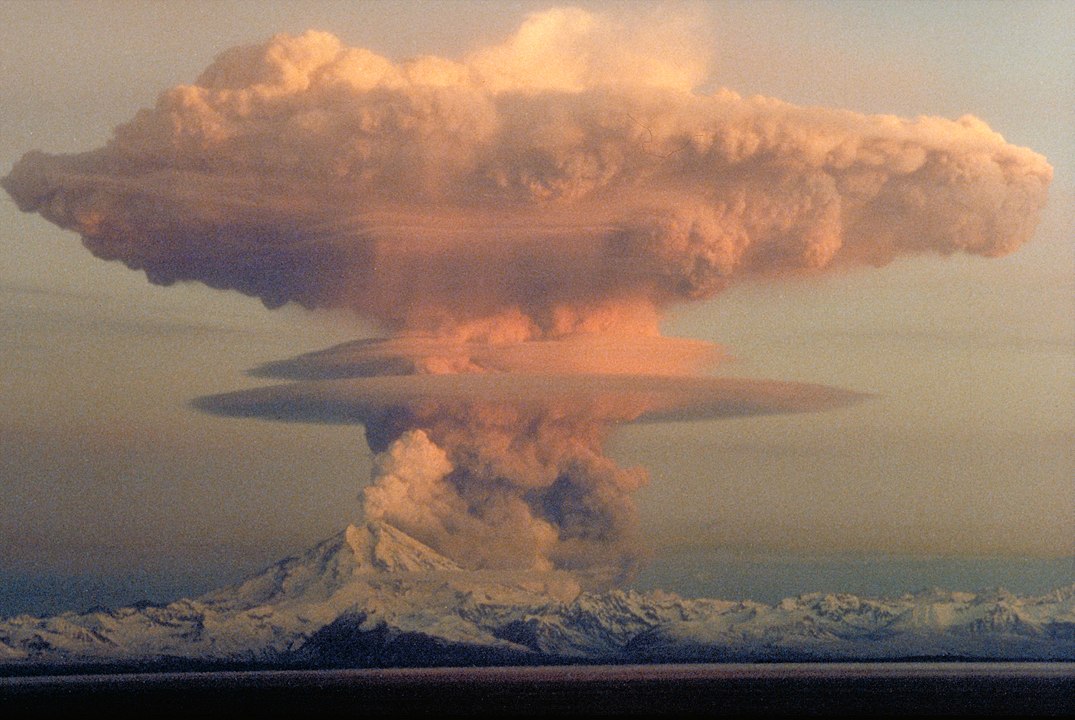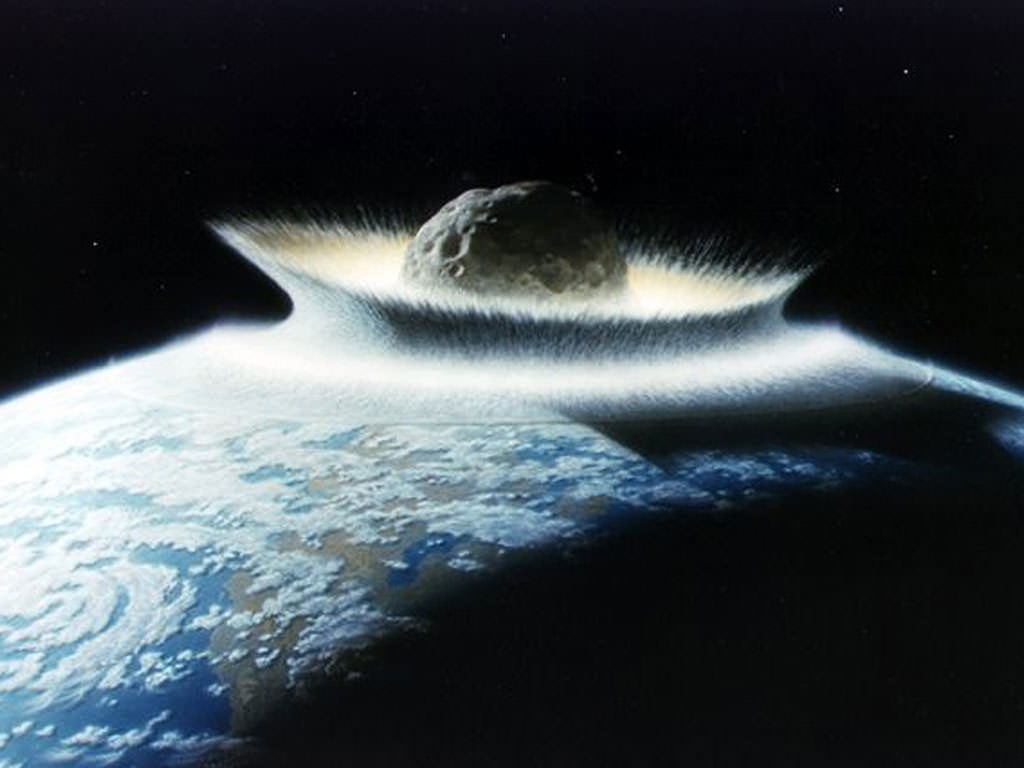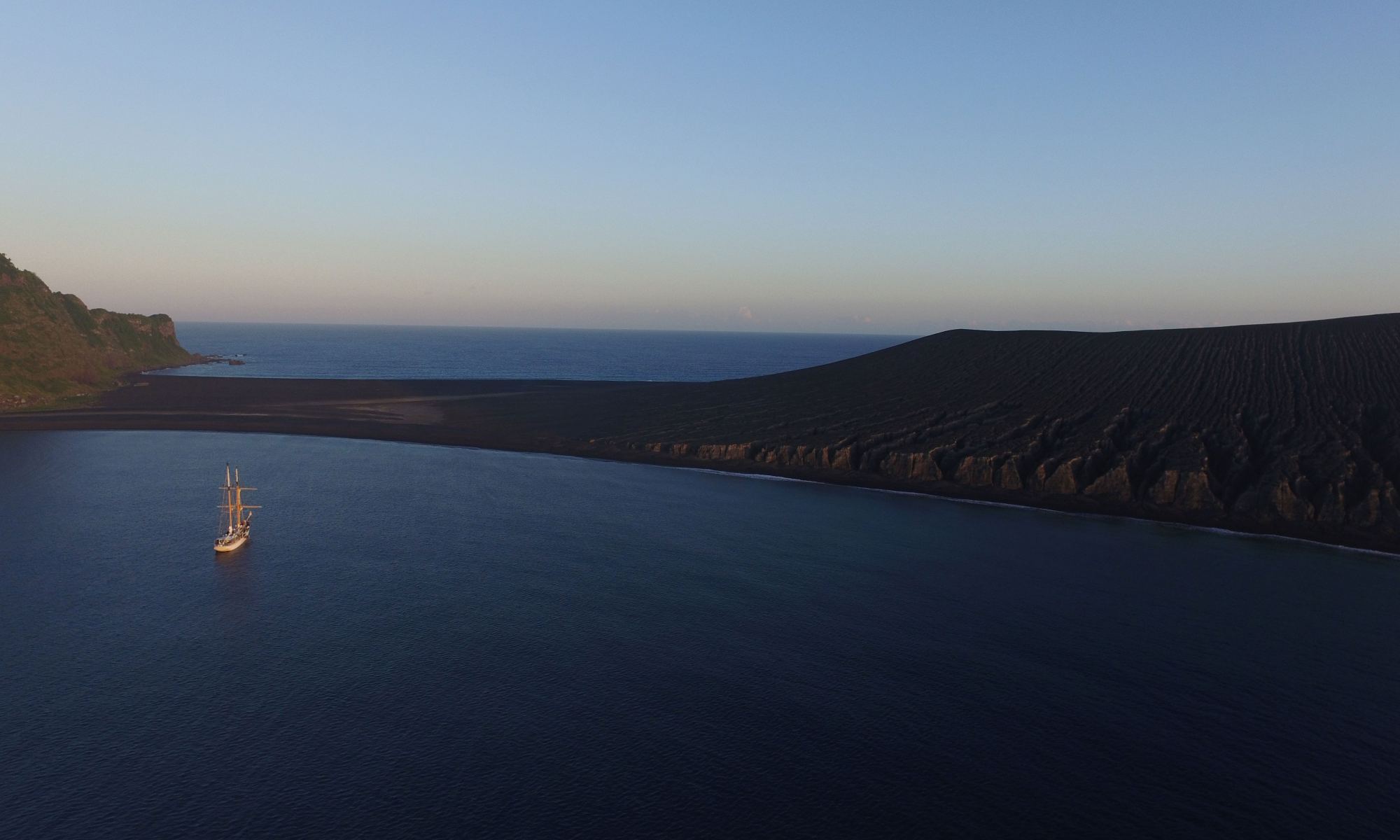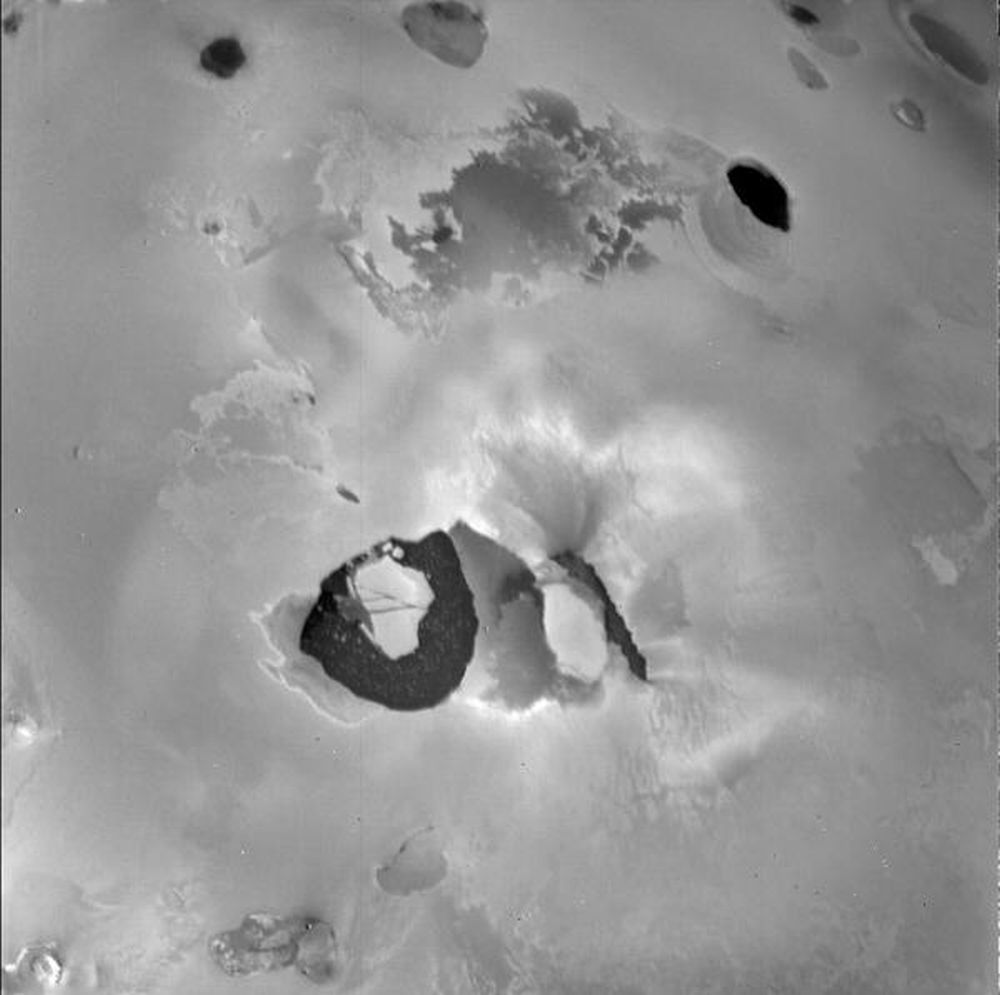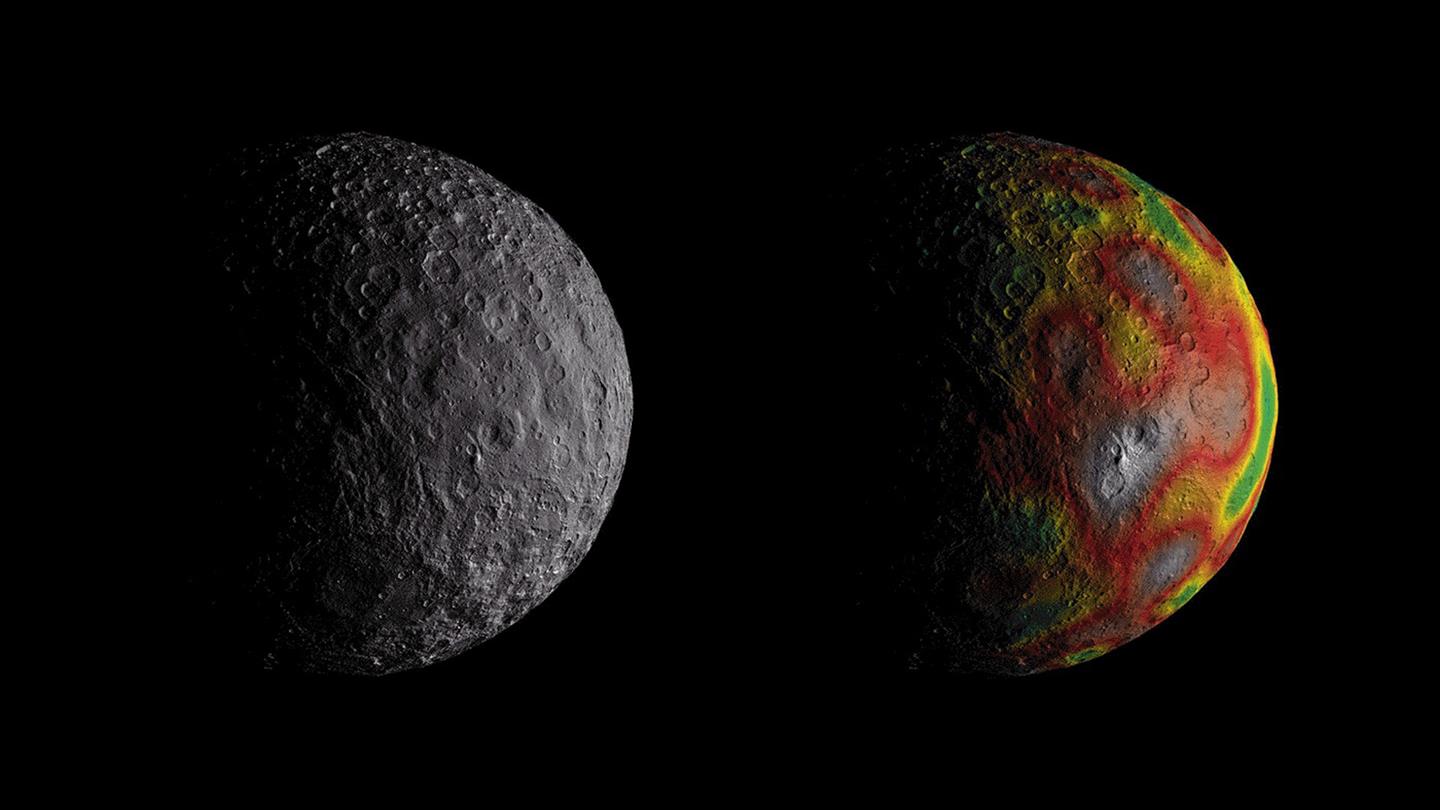Humanity can have a love/hate relationship with itself, but there’s no denying that we’re the pinnacle of evolution on Earth as things stand now. But it took an awfully long time for evolution to produce beings such as we. Several times, life had to drag itself back from near annihilation.
The largest extinction setback was the Permian-Triassic extinction, also called the “Great Dying,” some 252 million years ago. Up to 96% of all marine species and 70% of terrestrial vertebrate species went extinct.
What happened?
Continue reading “Scientists Think They Know What Caused the Deadliest Mass Extinction in the History of the Earth”
![This illustration shows the percentage of marine animals that went extinct during Earth's worst extinction at the end of the Permian era by latitude, from the model (black line) and from the fossil record (blue dots).A greater percentage of marine animals survived in the tropics than at the poles. The color of the water shows the temperature change, with red being most severe warming and yellow less warming. At the top is the supercontinent Pangaea, with massive volcanic eruptions emitting carbon dioxide. The images below the line represent some of the 96 percent of marine species that died during the event. [Includes fossil drawings by Ernst Haeckel/Wikimedia; Blue crab photo by Wendy Kaveney/Flickr; Atlantic cod photo by Hans-Petter Fjeld/Wikimedia; Chambered nautilus photo by John White/CalPhotos.]Justin Penn and Curtis Deutsch/University of Washington](https://www.universetoday.com/wp-content/uploads/2018/12/Penn_sumfig_final.jpg)

